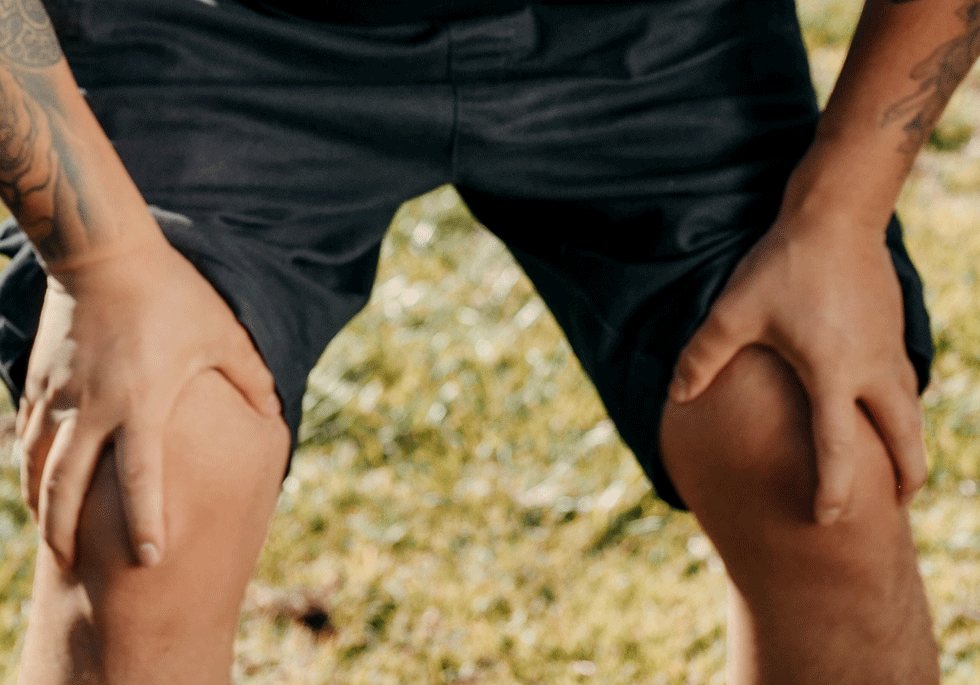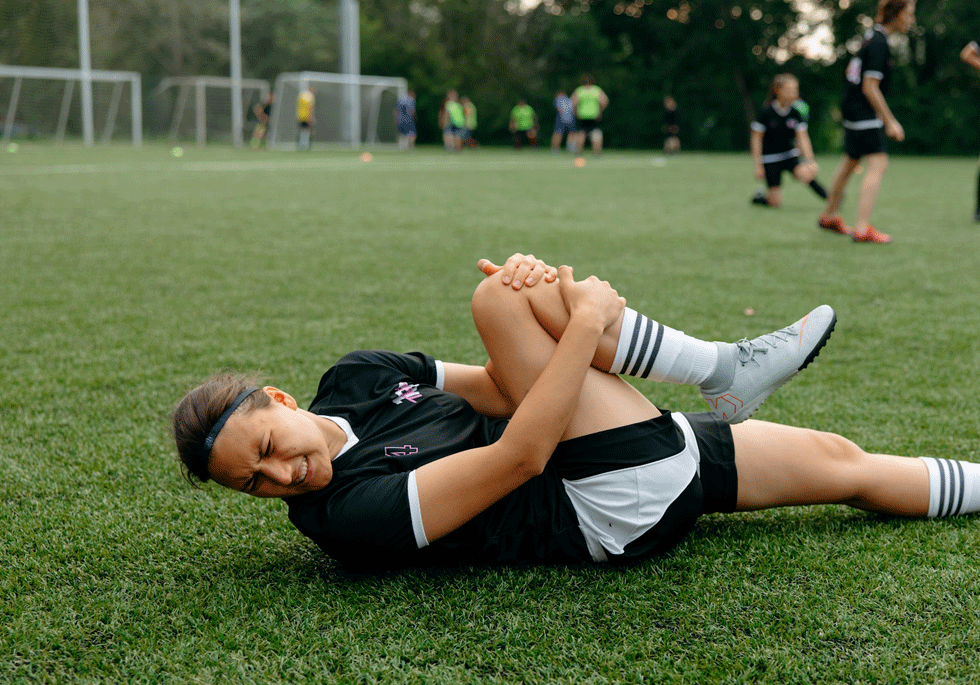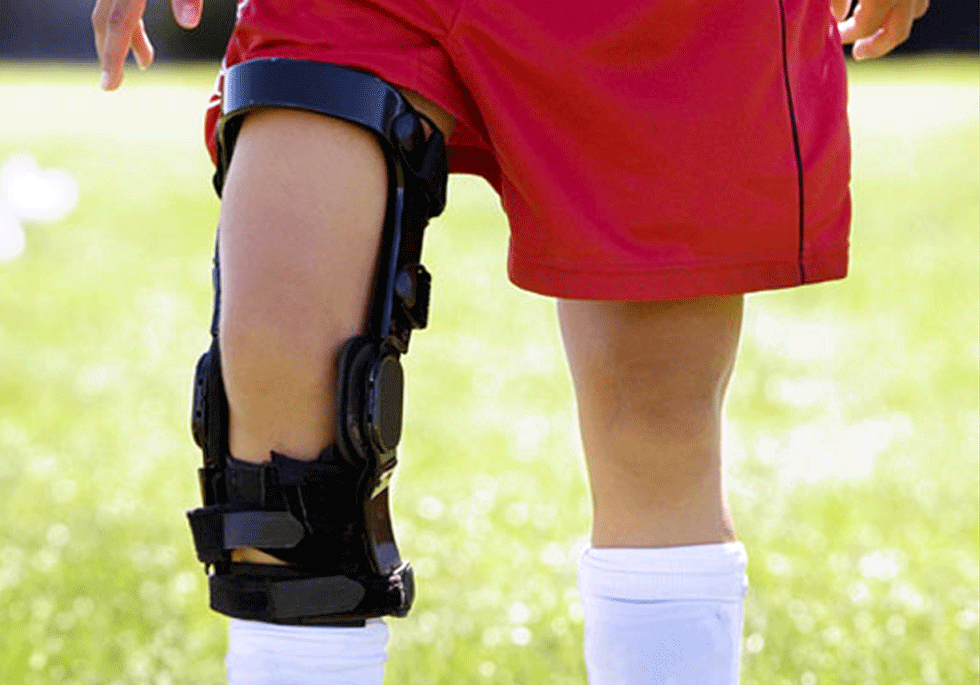Experience lasting relief from knee pain with personalized physiotherapy treatment at Quantam Physiotherapy in London, Ontario. Our experienced physiotherapists can help you identify the root cause of your knee pain and develop an effective treatment plan
The knee is made up of three separate joints; the Tibio-femoral joint (between your thigh and your shin), the patella-femoral joint (between your thigh and the knee-cap) and the Tibia-fibula joint (between the two bones in your shin). The knee is designed to flex and extend (bend and straighten), but also has an important role in taking the whole weight of our body when we stand, walk and run. Injury or trauma to structures at the knee can be a common source of pain, as can natural degeneration to the joint, from conditions like osteo-arthritis.
The patella-femoral joint is at the front of the knee joint, and its important in how we walk and allows us to effectively straighten our leg.
The position of the patella (our kneecap) is dependent on muscle balance and the alignment of your leg. When this muscle balance isn’t correct for the patello-femoral joint it can cause pain when we do certain activities.

The are two main types of cartilage in the knee joint. Articular cartilage covers the joint surfaces of the femur and the tibia. This is designed to protect the bony surfaces in the joint and to help with joint movement.
Meniscal cartilage forms two rings in the medial and lateral compartments of the knee joint. It is designed to act as a shock absorber when we put weight on the knee. Damage to the meniscal cartilage can cause pain, decreased range of movement or locked-knee.


Your knee is very mobile when moving forwards and backwards, however it is not designed to move from side-to-side. In order to help prevent these types of movements, the medial and lateral collateral ligaments provide support to the inside and outside of the knee joint.
To prevent the tibia (shin bone) moving forward or backwards during movement, the ACL and PCL ligaments provide support from inside the knee joint. Excessive force in the wrong direction can cause strain or tears of the medial and lateral collateral ligaments, resulting in pain or instability at the knee.
In most cases, yes. Injuries to the knee are often very treatable with physiotherapy. Your physiotherapist will be able to assess your knee to determine the true cause of your knee pain, and then will come up with a treatment plan for you. Most knee injuries should improve within 12 weeks with the correct treatment plan, but your physiotherapist will be able to give you a more specific timeline for your injury.
Some sports or traumatic injuries may require surgical intervention, depending on your presentation, but your physiotherapist will guide on whether this is required or not.

Contact us to find out more about our physiotherapy services in London, ON. Direct bill to WSIB, Direct bill to Morcare Insurance, Extended Health Care (EHC), Motor Vehicle Accident Cases and Insurance Companies.